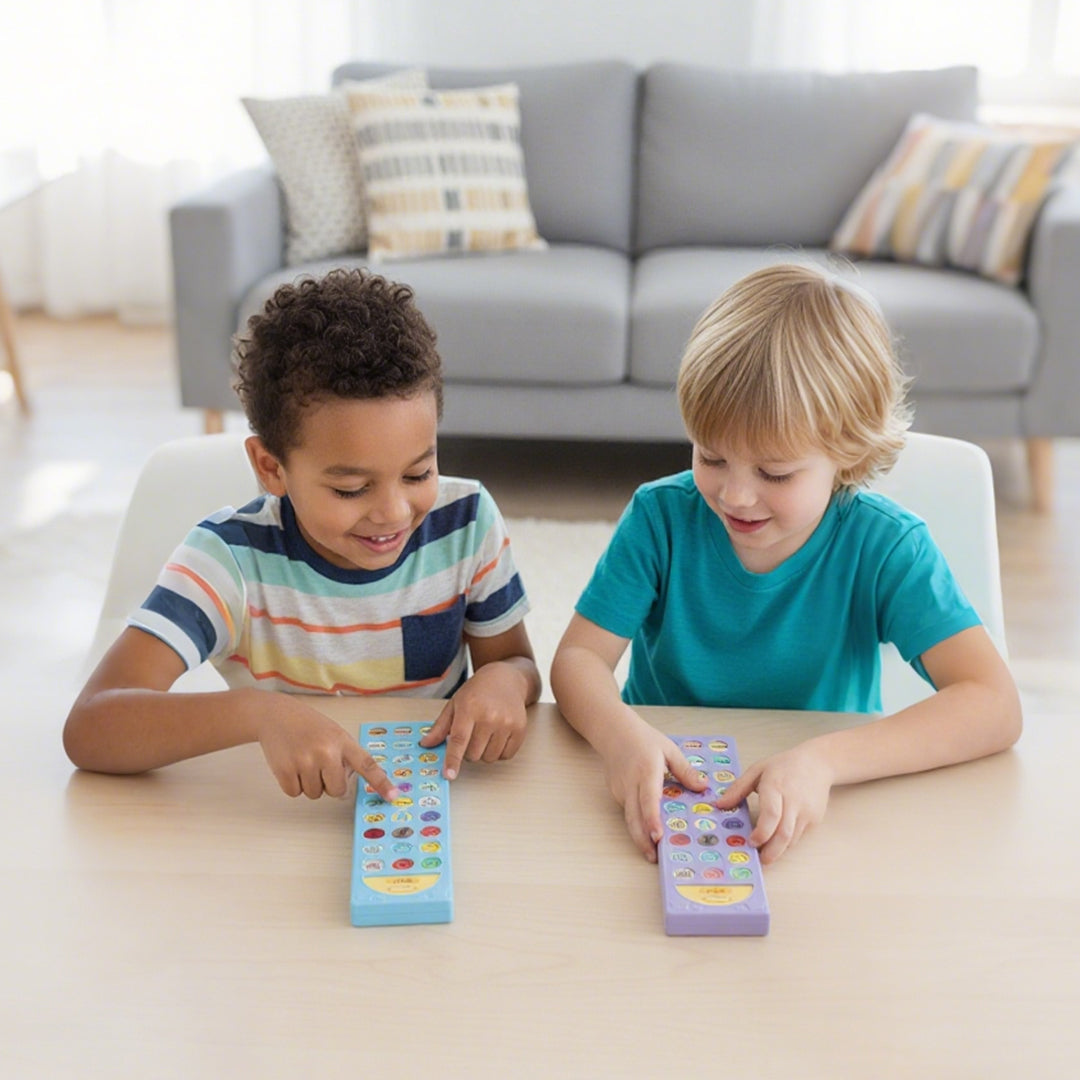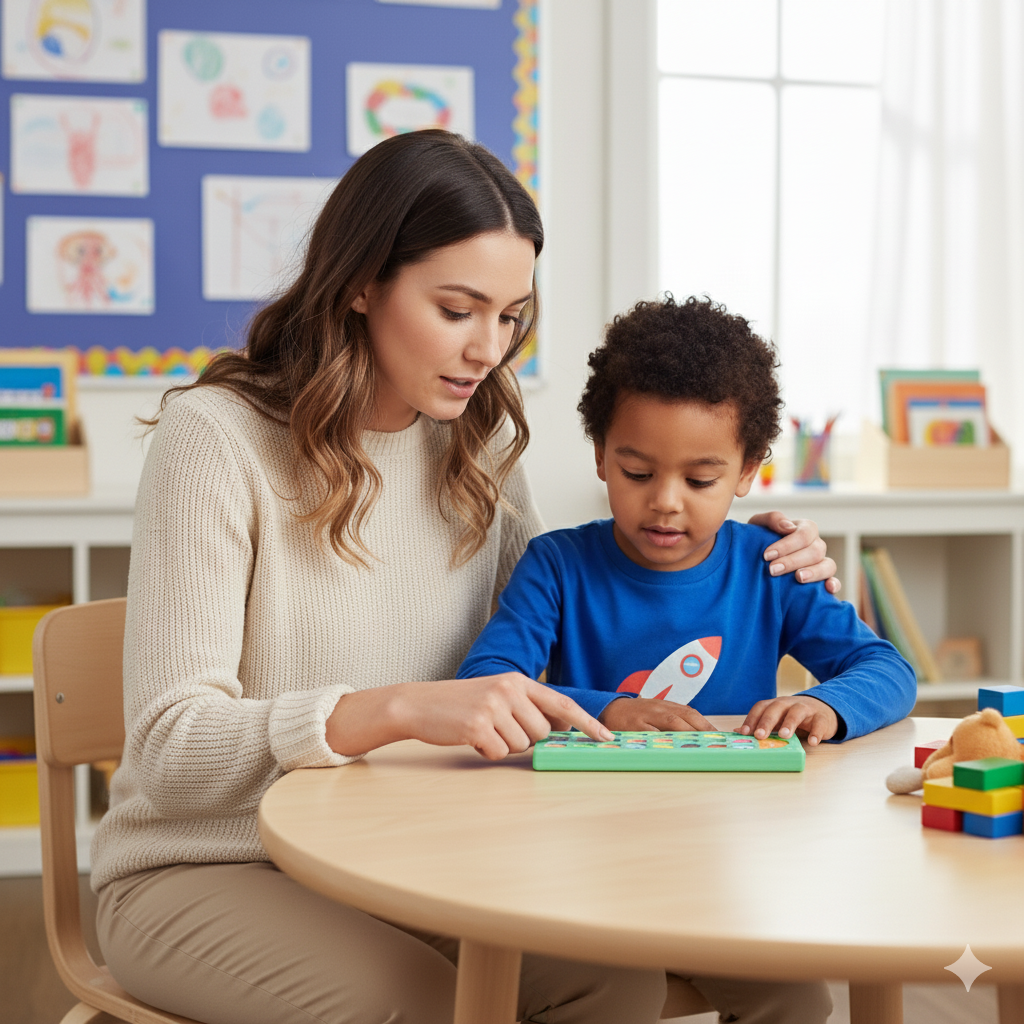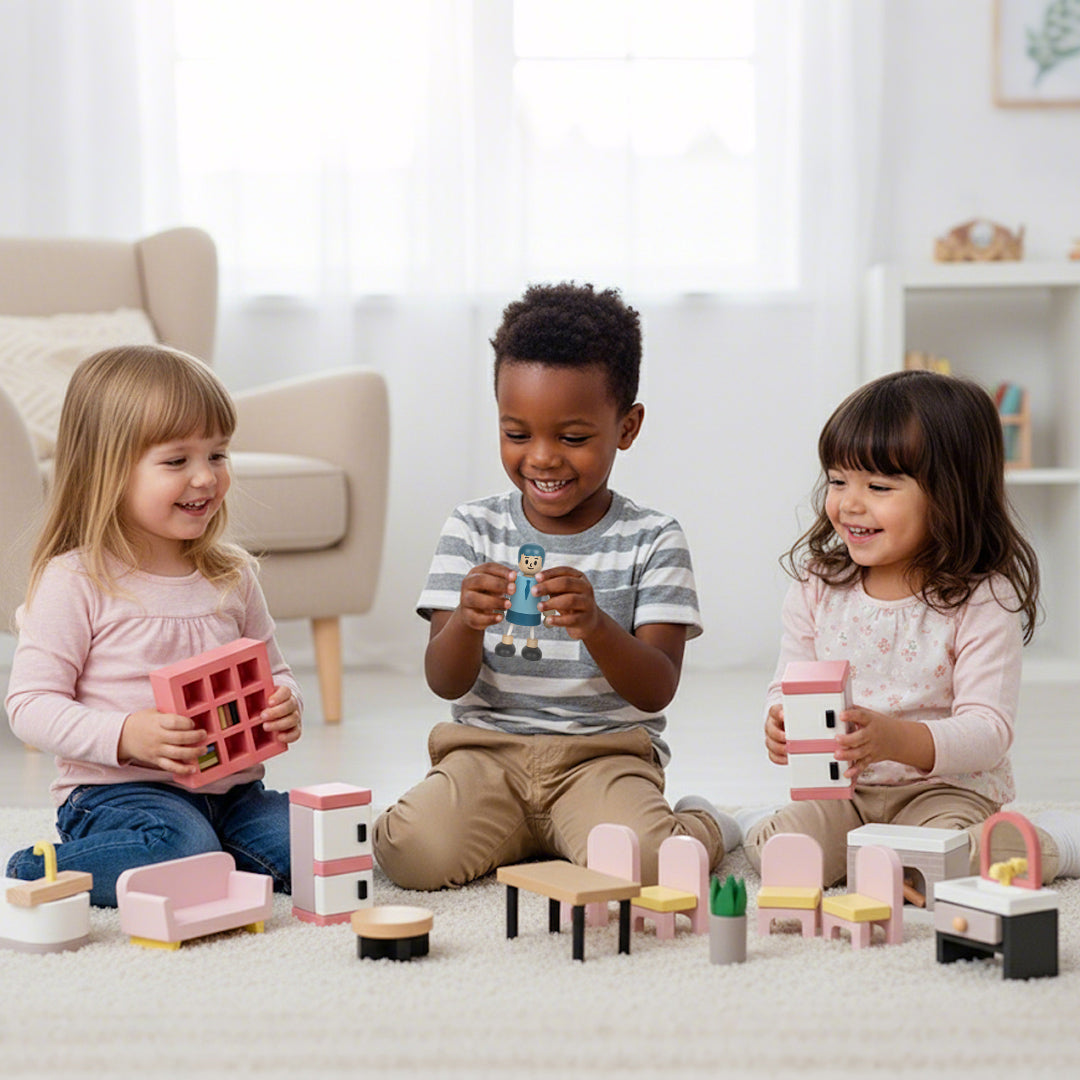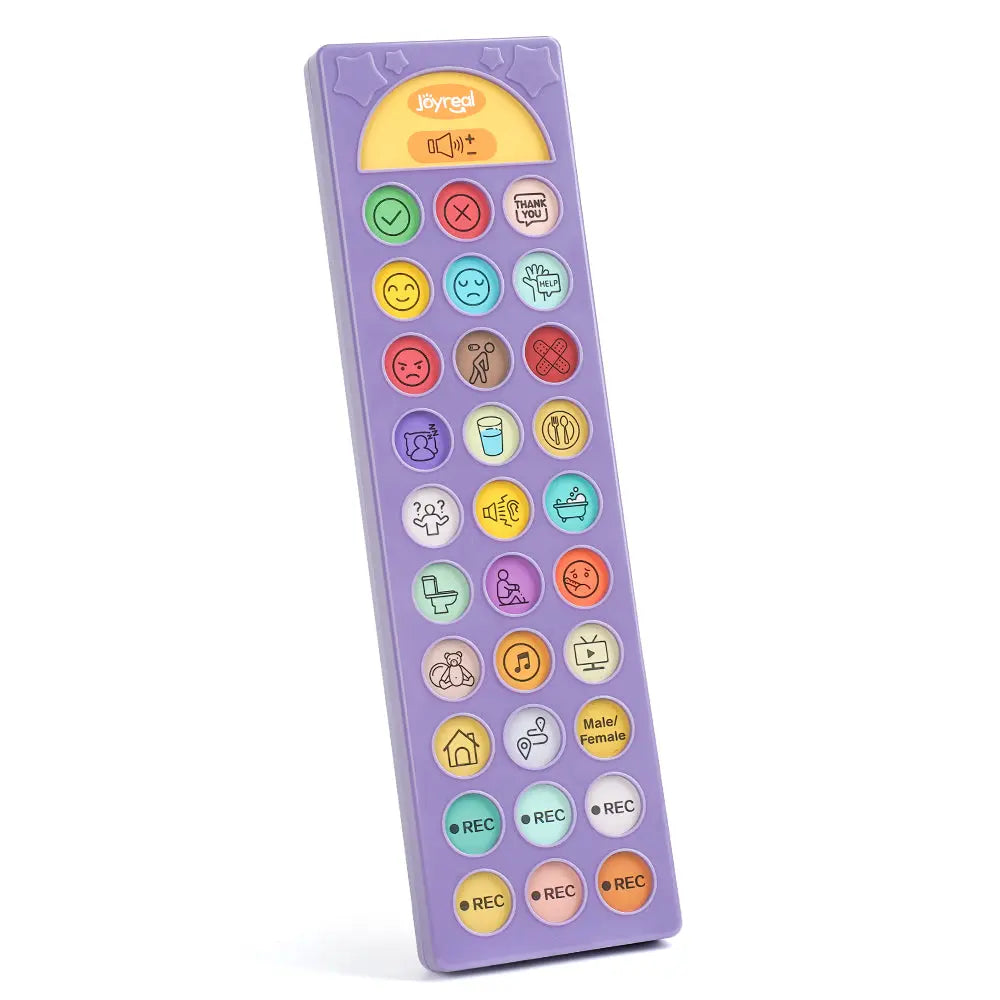How to Encourage an Autistic Child to Learn?
A Journey of Joyful Learning
Helping your autistic child discover the joy of learning is one of the most rewarding experiences you can share. For children on the autism spectrum, curiosity is a spark that can turn learning into an adventure — one filled with creativity, exploration, and self-expression.
Every child’s learning journey is different, but one thing remains true: when learning feels like a joyful experience rather than a chore, a child’s motivation naturally grows.
As a parent, your goal isn’t to make learning perfect — it’s to make it meaningful. By creating an environment that celebrates curiosity, supports independence, and embraces communication differences, you empower your child to explore the world on their own terms.
Creating a Home That Invites Exploration
Your home doesn’t need to look like a classroom to inspire learning — it just needs to feel like a safe space for discovery. Think shelves filled with books, bins of colorful sensory toys, art supplies, puzzles, and building blocks.
Learning happens everywhere: on the living room floor, while baking cookies, or under a blanket fort flipping through picture books.
Autistic children often learn best through tactile and visual experiences, so give them opportunities to touch, move, and explore. When your home feels like a place of curiosity, you’re silently sending the message: Here, learning is fun. Here, your curiosity matters.
Books: The Gateway to Imagination
Reading together is one of the most effective ways to encourage your child’s curiosity. Books open doors to new ideas, language, and emotions.
Start with daily storytime, even if it’s just for a few minutes. Let your child hear the rhythm of your voice and see your love for stories. Visit libraries and allow them to choose books about their favorite topics — animals, trains, planets, or art.
As they grow, introduce different formats: picture books, audiobooks, or comic-style stories. The key isn’t what they read — it’s that they enjoy it. Reading together also creates moments of connection and calm, which are vital for children with sensory sensitivities.
Supporting Communication with AAC Devices
For many autistic children, communication is the bridge to learning — and that bridge looks different for everyone. Some children thrive with speech, while others express themselves best through alternative tools known as AAC communication devices (Augmentative and Alternative Communication devices).
These AAC devices for autism give children the power to express thoughts, make choices, and participate in conversations, even if they find spoken language challenging. Whether it’s a simple picture-based system or a high-tech tablet app, AAC tools can dramatically boost confidence and independence.
- 💡Recommendation:
One device often praised by parents is the Joyreal Talking Aid — a versatile talking aid designed to help children communicate more comfortably and naturally. It combines visual icons with customizable voice outputs, making it intuitive for both beginners and experienced AAC users.
When communication becomes easier, learning follows naturally. Once your child realizes they can share ideas and be understood, their curiosity and participation often soar.
Lead by Example: Be a Lifelong Learner
Children learn more from what you do than what you say. When they see you reading, taking classes, or exploring new hobbies, they understand that learning is a lifelong adventure.
You might decide to learn a new skill online or even pursue a degree — not only does this expand your own knowledge, but it also models perseverance and passion for your child.
When they watch you approach learning with excitement, they’ll be inspired to do the same, knowing that growth is something everyone can enjoy — not something to fear.
Be Their Explorer’s Guide
If you want to know how to encourage an autistic child to learn, think of yourself as their guide on a journey of discovery.
Expose them to a wide range of topics — nature, science, music, or even architecture. Visit museums, watch documentaries, or build things together. One week, study volcanoes; the next, explore the stars.
Children on the spectrum often develop deep passions once they find a subject they love. By exploring different topics together, you help them uncover what truly excites them. You’re not just sharing facts — you’re helping them find identity, confidence, and self-expression.
Make Learning a Hands-On Experience
For many autistic children, learning clicks best when it’s hands-on and multisensory.
Bake cookies to teach fractions. Grow plants to learn about life cycles. Build LEGO cities to explore engineering.
These experiences turn abstract ideas into something real. They also strengthen emotional connection — because when learning feels like play, stress melts away, and curiosity grows stronger.
Follow Their Lead, Then Walk Beside Them
Pay attention to your child’s interests. When you see them light up about a specific topic — like animals, robots, or trains — follow that spark.
Get books, find clubs or online communities, and dive into their world with them. What others might call “fixations” are often pathways to deep learning. Through their passions, autistic children can develop research skills, communication confidence, and emotional awareness.
Instead of redirecting their focus, embrace it. Their interests are the key to connection — and the foundation of lifelong learning.
Celebrate Every Step — Big or Small
Progress looks different for every child. Maybe your child tried a new word, completed a task independently, or showed curiosity in something new — celebrate it all.
Positive reinforcement builds motivation and helps children feel seen. Use genuine praise, small rewards, or extra playtime. Most importantly, focus on effort, not perfection.
For autistic children, feeling appreciated and successful fuels the courage to keep trying — and that’s where real growth begins.
Learning as a Lifelong Adventure
Learning isn’t about reaching milestones. It’s about discovery, curiosity, and connection.
When you fill your home with opportunities to explore, communicate, and grow, you help your child see the world as a place of endless possibility. Whether through reading, play, or an AAC communication device like the Joyreal Talking Aid, every moment becomes a chance to connect and learn.
With your patience, encouragement, and love, your child won’t just learn — they’ll love learning.

Final Thoughts
Encouraging an autistic child to learn isn’t about structure or strict schedules — it’s about inspiration. It’s about meeting them where they are, celebrating who they are, and giving them tools to express themselves freely.
When you support your child’s communication, curiosity, and creativity, you give them something far more powerful than knowledge — you give them the confidence to keep discovering the world around them, one joyful step at a time.
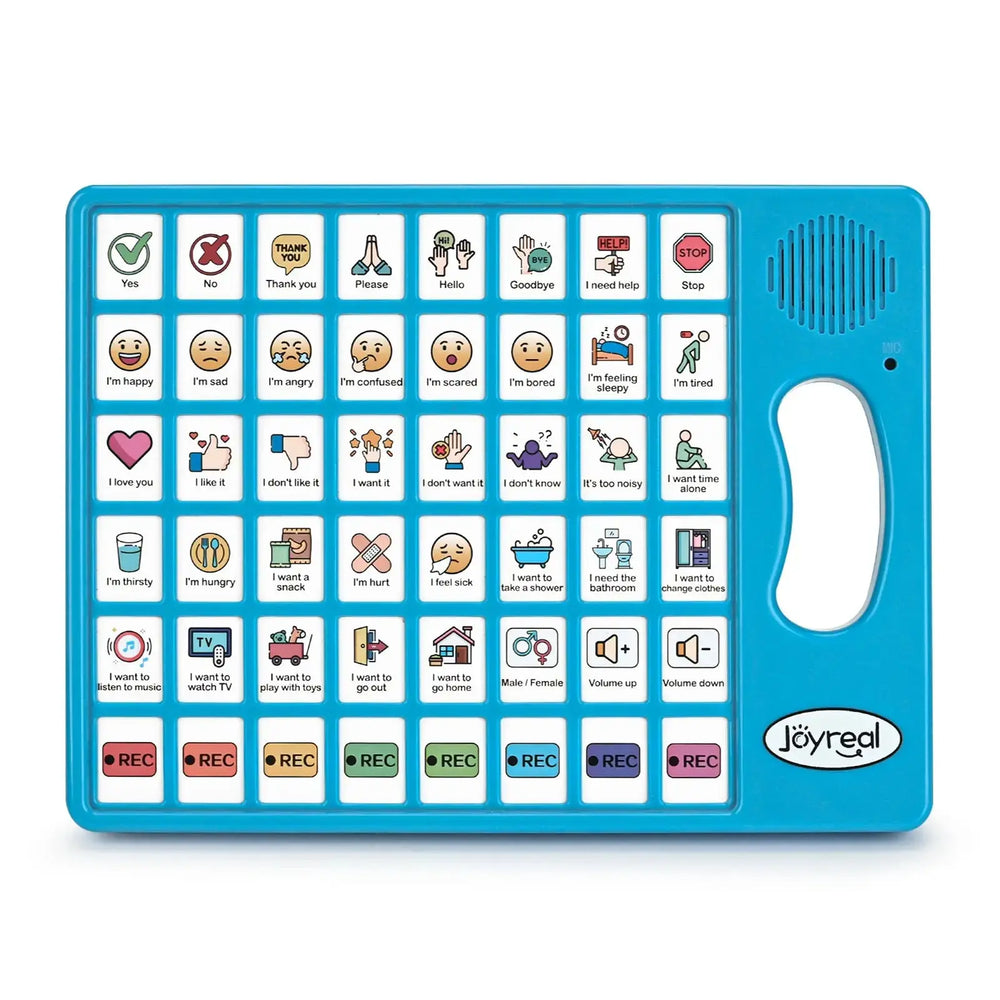
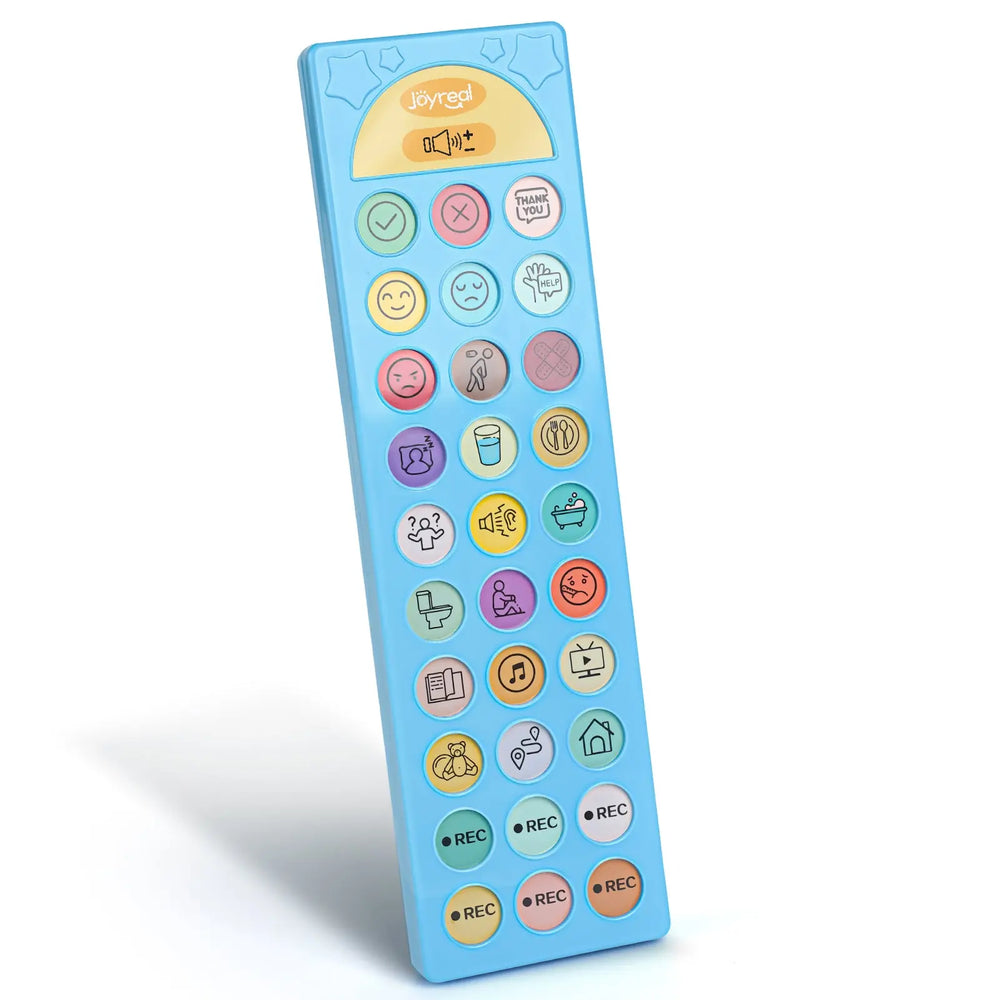

Maybe it will be helpful for you:
Recent Post
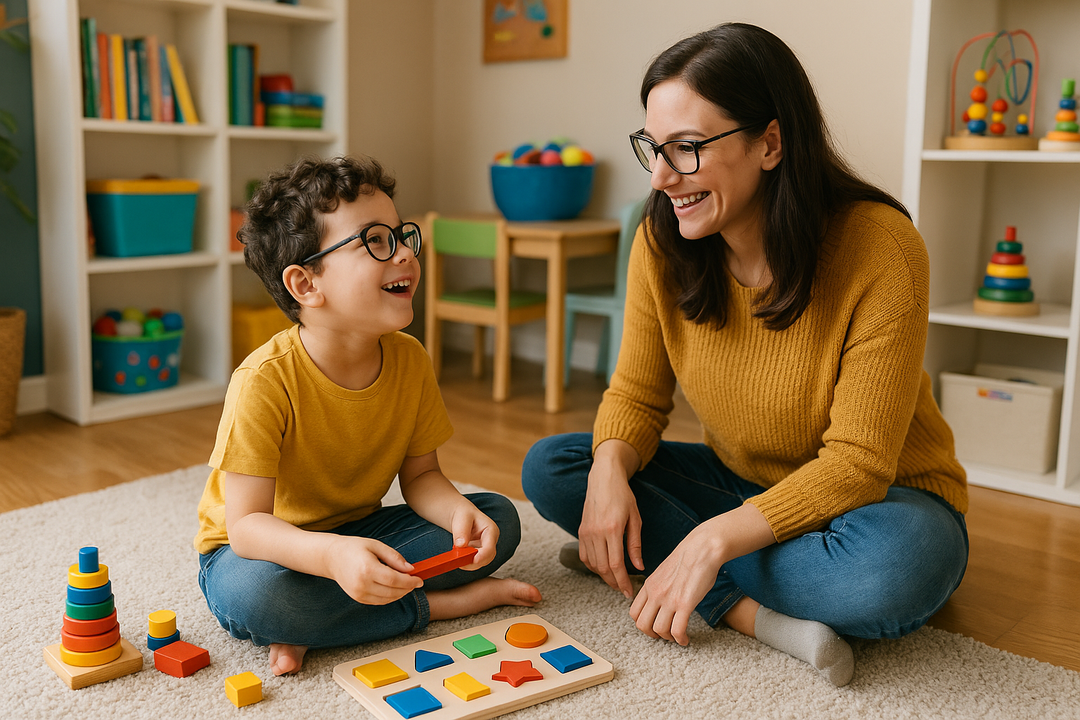
How to Encourage an Autistic Child to Learn?
A Journey of Joyful Learning Helping your autistic child discover ...
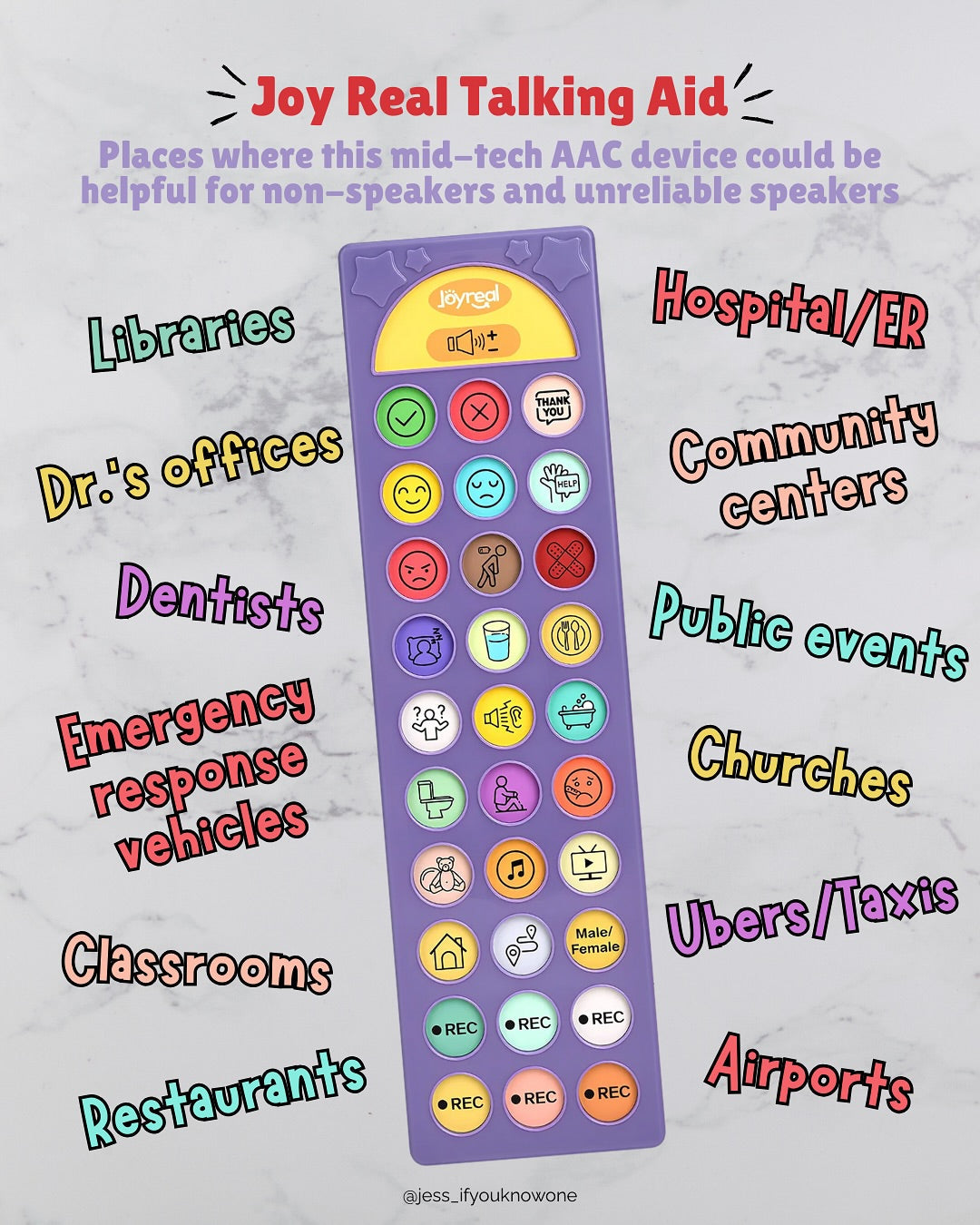
AAC Made Simple: Helping Parents Support Daily Communication
When Words Don’t Come Easily For many parents of children with aut...
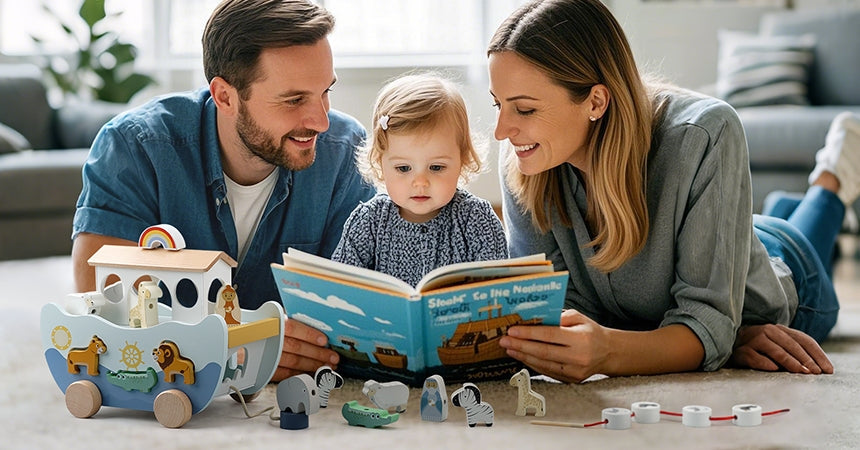
The Noah’s Ark Toy That Teaches Faith Through Play
When Finding “Meaningful Gifts” Becomes a Parenting Dilemma Every ...
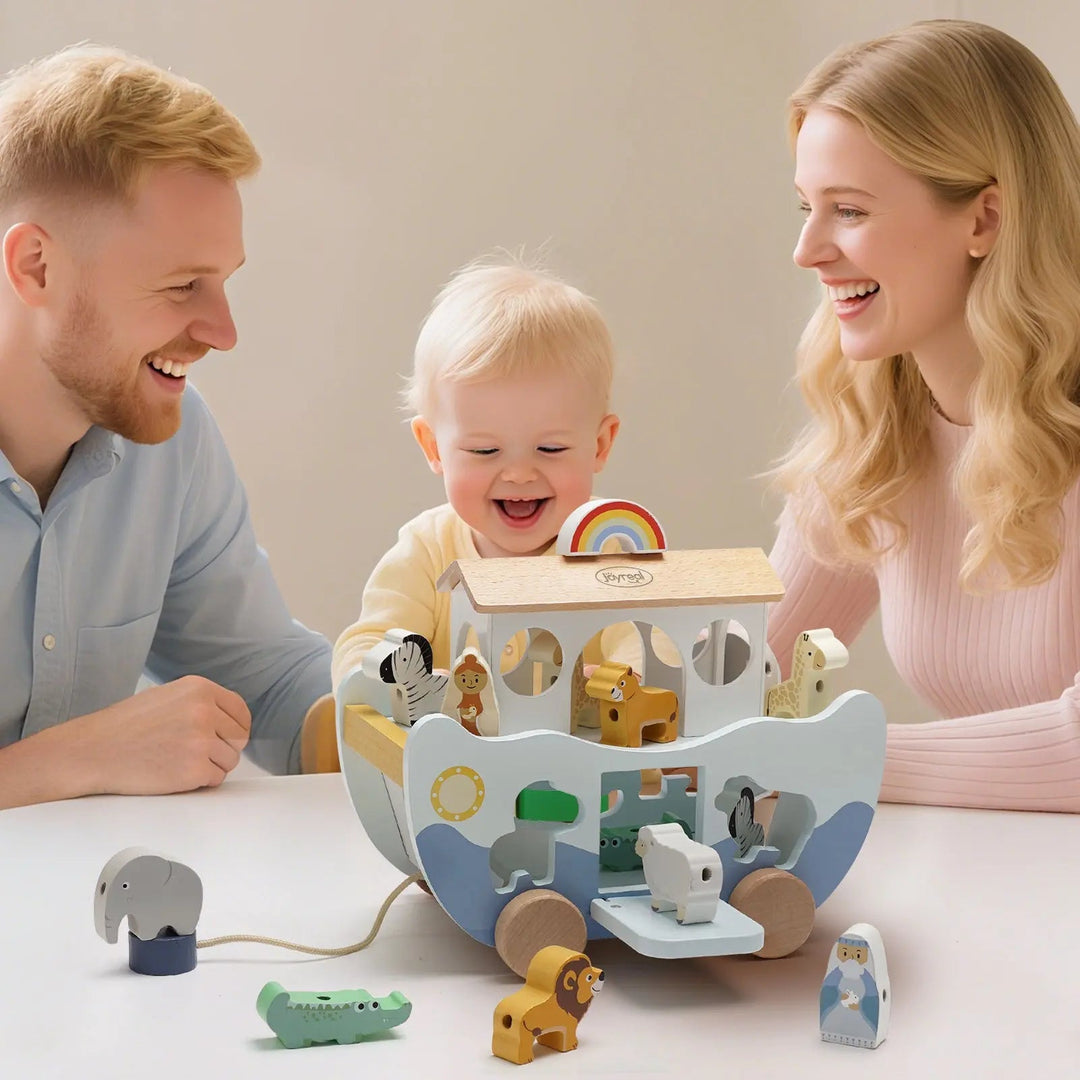
Joyreal Noah’s Ark Toy Inspires Learning & Imagination
Where Faith Meets Early Learning The Noah’s Ark toy isn’t just a c...
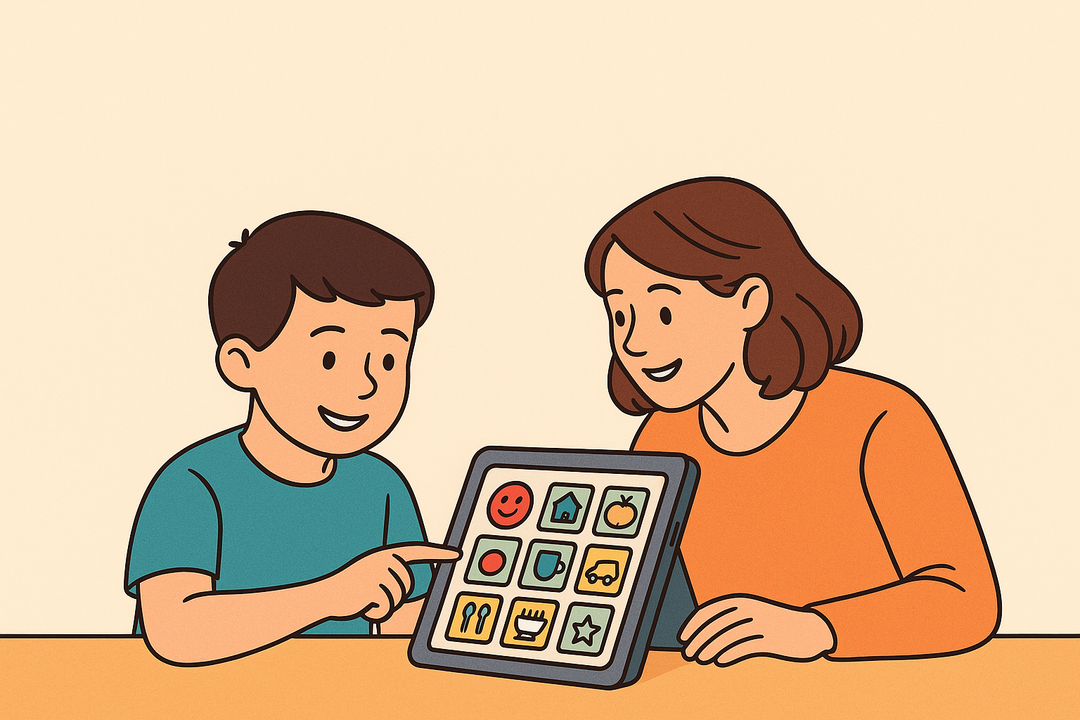
10 Heartfelt Ways to Communicate with Your Autistic Child
Understanding Autism and Communication Challenges Communicating wit...

Who Can Benefit from Joyreal AAC Devices?
Introduction to Joyreal AAC Devices In a world where communication ...

Montessori wooden toys benefits: A complete guide for toddlers' learning
Looking for a simple yet powerful way to support your toddler’s gr...
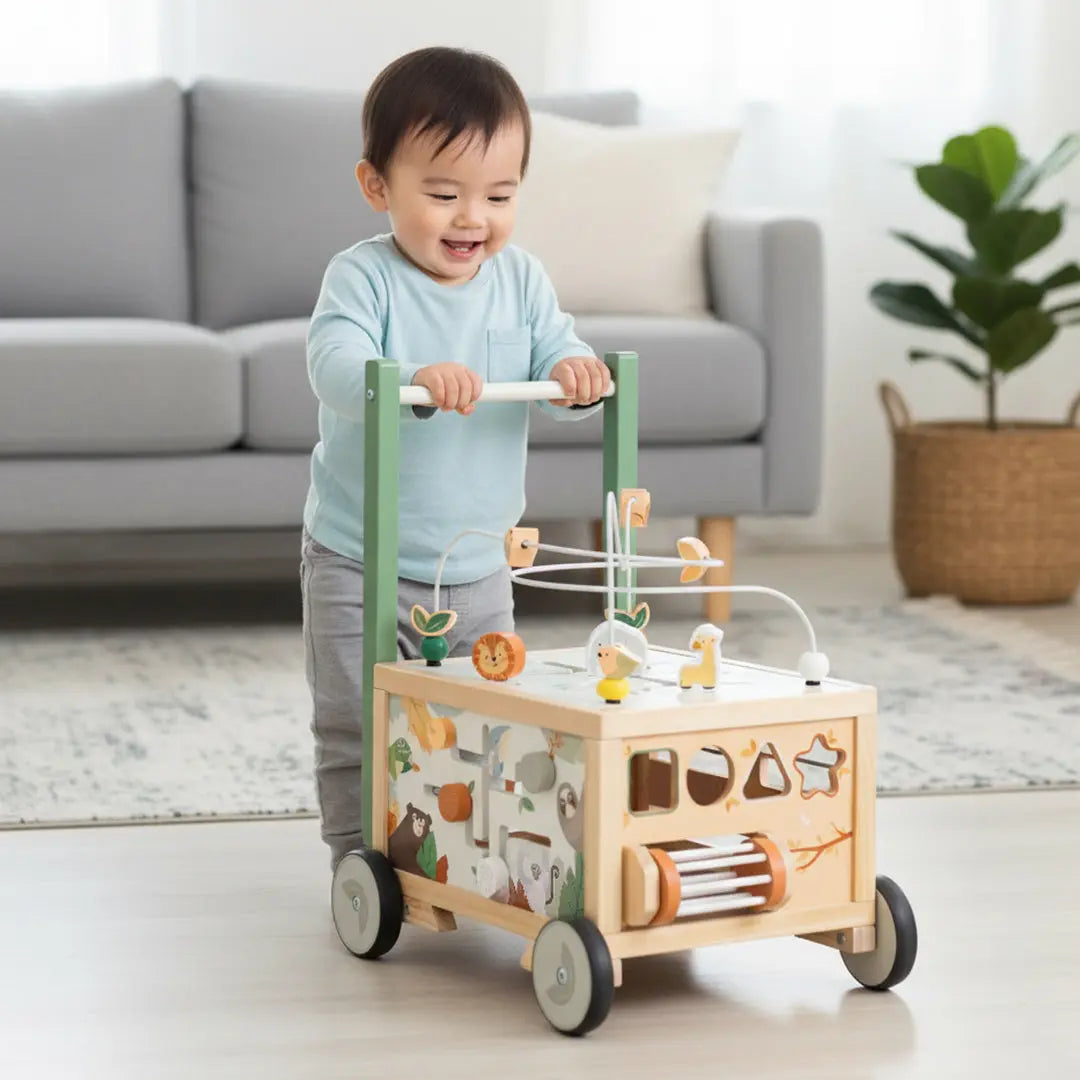
Best Adjustable Speed Baby Walker for Toddler Development
Looking for the perfect way to support your toddler’s first steps w...
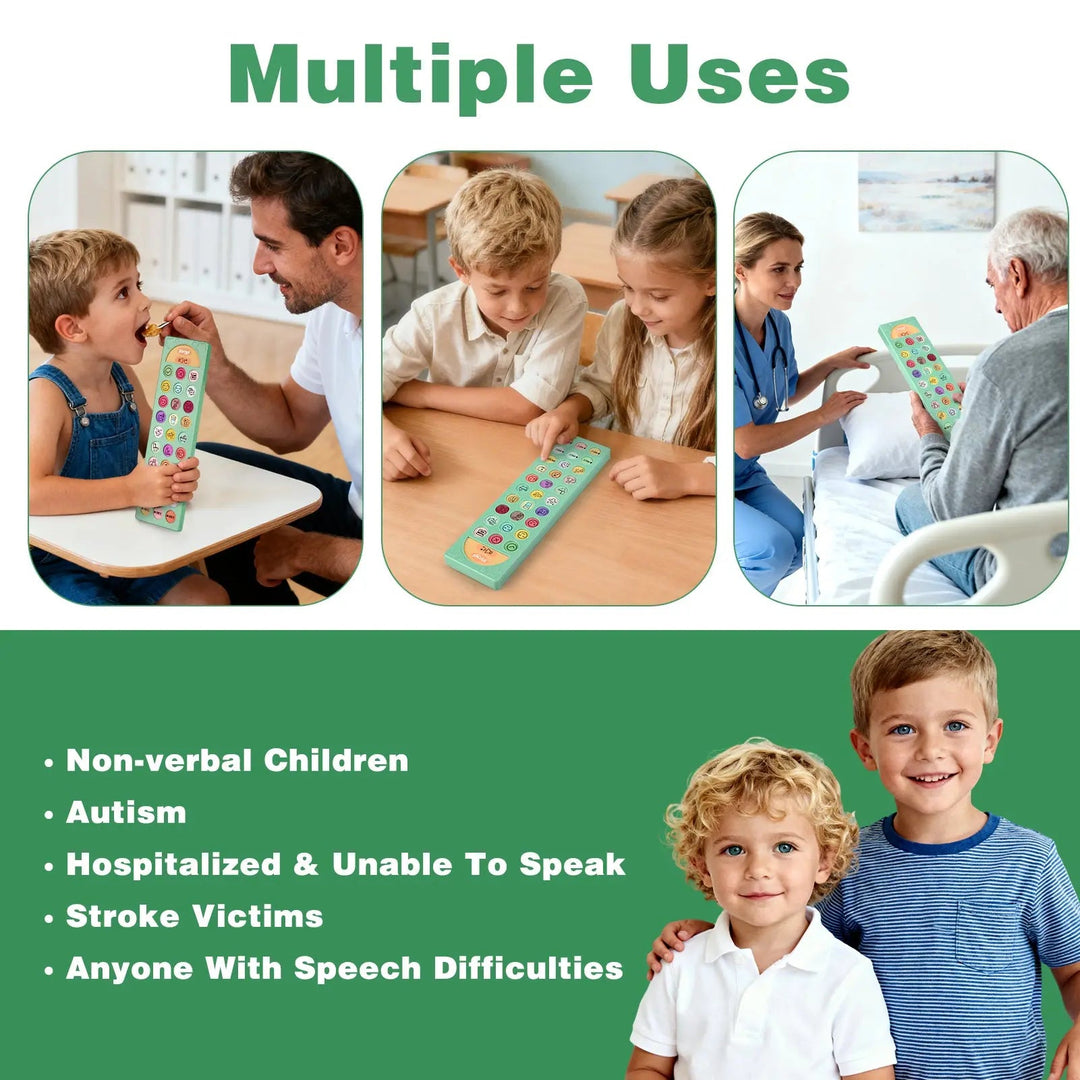
What Age Range Is the Joyreal AAC Device for?
When someone struggles to speak or express their thoughts, a goo...
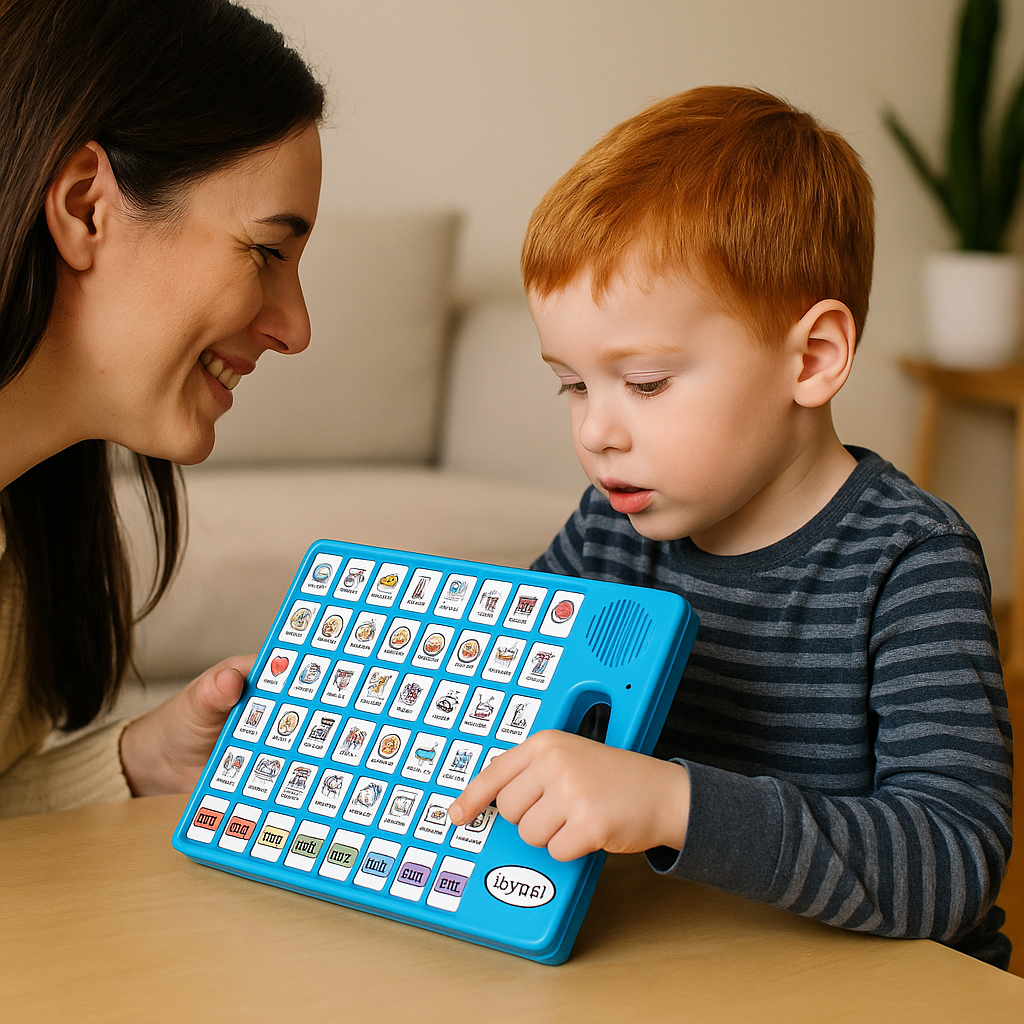
Is There a Right Age for AAC Devices?
Why “Age” Matters When Choosing the Right AAC Device AAC (Augmenta...
